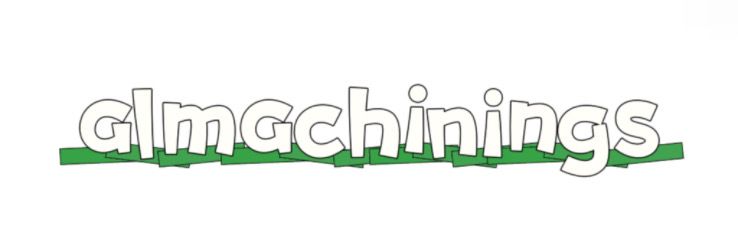Understanding How CNC Laser Cutting Machines Work
Jan. 05, 2025
The modern manufacturing landscape has made significant advancements, particularly with the introduction of CNC (Computer Numerical Control) laser cutting machines. These machines have transformed the way materials are cut, allowing for precision and efficiency. In this blog post, we will delve into how CNC laser cutting machines work, exploring their components, functionality, and applications.
What is CNC Laser Cutting?
CNC laser cutting involves using a laser beam to cut materials with high precision. A computer controls the laser cutting machine, allowing for intricate designs and patterns to be cut into a variety of materials, including metal, wood, plastic, and fabric.
Components of CNC Laser Cutting Machines
Understanding the components of CNC laser cutting machines is crucial to grasping how they operate. The main components include:
- Laser Source: The source generates the laser beam, which is often CO2 gas or fiber laser, depending on the material being cut.
- Optical System: This includes mirrors and lenses that focus the laser beam onto the material.
- Machine Frame: The structure that supports all the components, ensuring stability during operation.
- Controller: The computer that directs the movements of the laser head based on pre-programmed designs.
- Table: The surface on which the material is placed for cutting.
How Does CNC Laser Cutting Work?
The operation of a CNC laser cutting machine involves several key steps:
- Design Creation: The process begins with creating a digital design using CAD (Computer-Aided Design) software. This design is then converted into a format that the CNC machine can interpret.
- Setting Up the Machine: The operator places the material on the cutting table and selects the appropriate settings on the machine, such as power, speed, and type of cut.
- Cutting Process: As the machine begins to operate, the laser beam is focused onto the material, melting or vaporizing it along the designated path defined by the digital design.
- Finishing Touches: After the cut is complete, any necessary post-processing is performed, which may include cleaning and finishing edges.
Applications of CNC Laser Cutting Machines
CNC laser cutting machines are versatile and have a wide array of applications across various industries:
- Manufacturing: Used for cutting metal parts and components in automotive and aerospace industries.
- Signage: Ideal for creating intricate designs for signs and promotional materials.
- Textile Industry: Employed for cutting fabrics and materials for fashion and upholstery.
- Art and Decoration: Artists use laser cutting for detailed artwork and decorative pieces.
Benefits of Using CNC Laser Cutting Machines
The advantages of CNC laser cutting are numerous:
- Precision and Accuracy: CNC laser cutting machines can achieve very tight tolerances.
- Speed: The cutting process is quick, allowing for high production rates.
- Minimal Material Waste: The laser cutting process is efficient, reducing waste compared to traditional cutting methods.
- Automation: The CNC aspect allows for automated processes, reducing labor costs and human error.
Conclusion
In conclusion, CNC laser cutting machines are an essential tool in modern manufacturing, providing a unique blend of precision, speed, and efficiency. Understanding how they work is key for industries looking to implement this technology. As the field of laser cutting continues to evolve, staying informed about the latest advancements and applications will be crucial for maintaining a competitive edge.
For more how cnc laser cutting machine works, 15000W Sheet Metal Laser Cutting Machine Manufacturer, exchange platform laser cutting machine supplierinformation, please contact us. We will provide professional answers.
155
0
0
All Comments (0)
Previous: How Can a Tube Laser Cutting Machine Enhance Your Production Efficiency?
Next: Are You Struggling with Precision in Laser Bevel Cutting Technologies?
If you are interested in sending in a Guest Blogger Submission,welcome to write for us!


Comments